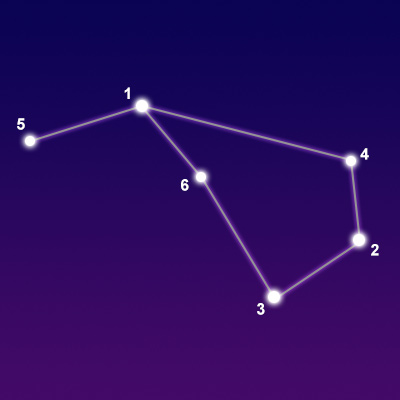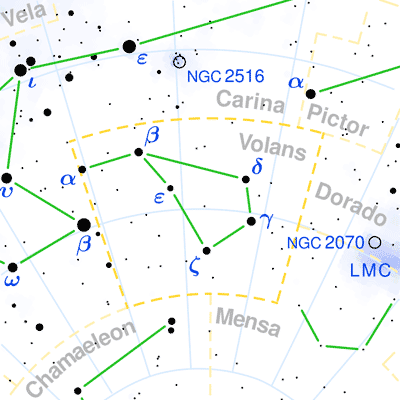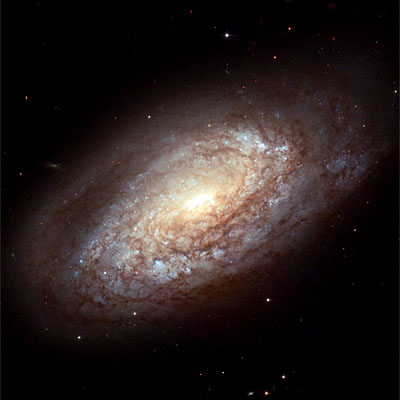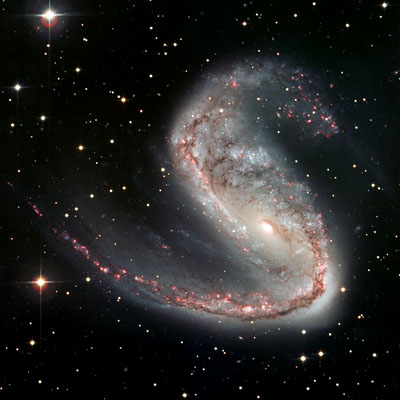Pronunciation:
(VOH-lanz)Abbreviation:
VolGenitive:
VolantisRight Ascension:
8 hoursDeclination:
-70 degreesArea in Square Degrees:
141Crosses Meridian:
9 PM, March 1Visible Between Latitudes:
10 and -90 degreesThe constellation Volans, the flying fish, is located in the southern hemisphere of the sky. It is completely visible at latitudes south of 15 degrees from December through February. It is a small constellation that occupies an area of only 141 square degrees. It ranks 76th in size among the 88 constellations in the night sky.
There are no myths associated with Volans. It is one of 12 constellations named by the Dutch astronomer Petrus Plancius based on observations by Dutch navigators. Plancius originally named it Vliegendenvis and included it on his celestial globe in 1598. The German astronomer Johann Bayer included it in his star atlas in 1603. He called it Piscis Volans, the flying fish. The name was later shortened to Volans. It represents a type of fish that can jump out of the water and glide through the air on specially enhanced fins that resemble wings. It is often depicted on charts as being chased by the dolphin fish in the constellation Dorado.

points of interest below © Sea and Sky

© Torsten Bronger CC BY-SA 3.0
Gamma Volantis
Zeta Volantis
Delta Volantis
Alpha Volantis
Epsilon Volantis
N/A
N/A
N/A
N/A
N/A
Binary Star system
Binary Star system
Yellow-White Giant Star
Binary Star system
Triple Star System
3.78
3.93
3.97
4.00
4.35
Volans is a dim constellation with no stars brighter than magnitude 3. The brightest star in the constellation is Beta Volantis with a visual magnitude of only 3.77. It is an orange giant star located about 107 light years from Earth. The second brightest star is Gamma Volantis, a binary star system with a combined magnitude of 3.78. It is located 142 light years from our solar system. With a magnitude of only 3.93, Zeta Volantis is the constellation’s third brightest star. It is also a binary star system that lies some 134 light years away.
Volans contains no Messier objects. It does, however contain a few interesting deep-sky objects that are worth mentioning. NGC 2397 is a spiral galaxy located approximately 60 million light years from Earth. Its nucleus contains older yellow and red stars while its spiral arms contain younger blue and white stars. The Lindsay-Shapley Ring is a curious lenticular galaxy. It has a yellow nucleus with a ring of blue stars surrounding it. This ring is believed to have been formed after a collision with another galaxy. The Meathook Galaxy (NGC 2442) is an intermediate spiral galaxy located about 150,000 light years away. Its unusual distorted appearance is believed to be the result of a close encounter with another galaxy. These objects are extremely dim and can only be seen with large telescopes.

Smartt (Queen's University Belfast, UK) / CC BY 3.0

© European Southern Observatory / CC BY 4.0



